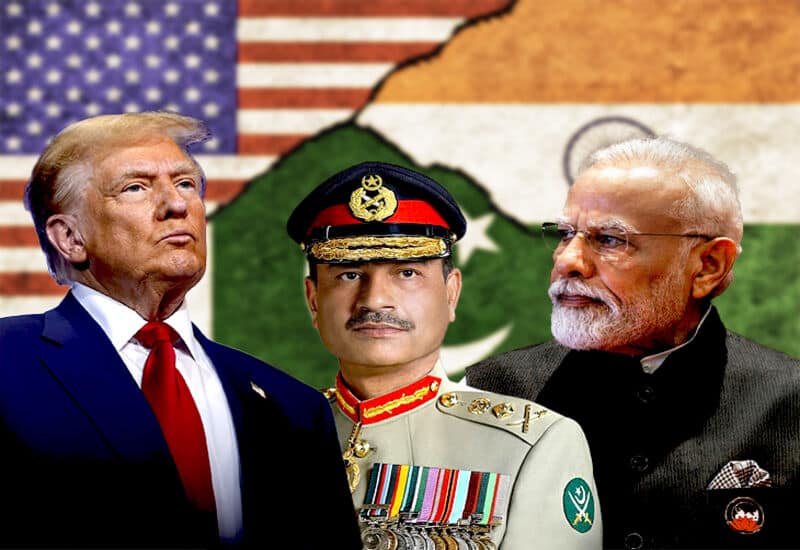How is Pakistan managing its engagement with Trump amid tensions with India?
The British newspaper Financial Times has reported on how Pakistan is managing its relations with Trump while simultaneously challenging India, its traditional rival in the neighborhood.
The report states: Field Marshal Syed Asim Munir, the Pakistani army chief, recently made an official visit to the United States for the second time this year and attended the induction and farewell ceremony of the CENTCOM commander. Munir also invited the chairman of the US Joint Chiefs of Staff to visit Pakistan.
The Financial Times continued: Even more remarkable, in June, Asim Munir had a two-hour working lunch in Washington with US President Donald Trump, just a month after Pakistan and its main rival India experienced their bloodiest military confrontation in decades.
Blame and accusation in the first term; praise and admiration in the second term
It was a surprising reception for a man who, despite holding the most powerful position in the country, is not the head of state. After the re-election of Trump, who once accused nuclear-armed Pakistan of 240 million people of “giving America nothing but lies and deceit,” Islamabad’s relations with Washington were thought to be on the decline.
Instead, Washington’s relations with Islamabad appear to be flourishing under Trump’s second term, while India – angered by the White House’s reception of Pakistan’s army chief – has been humiliated despite Prime Minister Narendra Modi’s previously friendly relationship with the US president.
The British newspaper quoted Michael Kugelman, a senior fellow at the Washington-based Asia Pacific Foundation, as saying: “What is happening in US-Pakistan relations is astonishing. I would describe the relationship now as one that has enjoyed an unexpected revival, even a renaissance. Pakistan has successfully figured out how to engage with such an unconventional president.”
The contrasting diplomatic fortunes of India and Pakistan could transform the volatile geopolitics of South Asia, and the situation is already moving in the direction of the trade that Trump has been pushing for. The United States has imposed a relatively light 19 percent tariff on Islamabad and has targeted New Delhi with a punitive 50 percent tariff.
Pakistan and the United States reached a trade deal late last month. Trump promised to sign a deal to develop what he called Pakistan’s “vast oil reserves,” while Islamabad offered other investment opportunities to the United States, hoping to revive its aid-dependent economy.
Officials in Islamabad believed they had to quickly get the attention of the volatile president and some of his allies, who have been sharply critical of Pakistan for its alleged support for the Taliban during the North Atlantic Treaty Organization (NATO)-U.S. war in Afghanistan.
“We didn’t know what approach he (Trump) was going to take,” the Financial Times quoted an unnamed senior Pakistani diplomat as saying, “but the general consensus was that things were going to be tough.”
Some relatively positive signals for Pakistan were sent after Trump’s second term began with the capture of an ISIS operative by Pakistani intelligence and his extradition to the US. Pakistan’s turnaround was facilitated early on by what the US considered a significant arrest.

